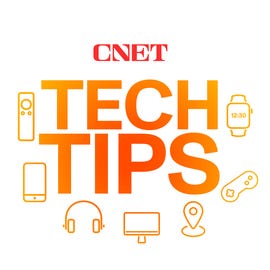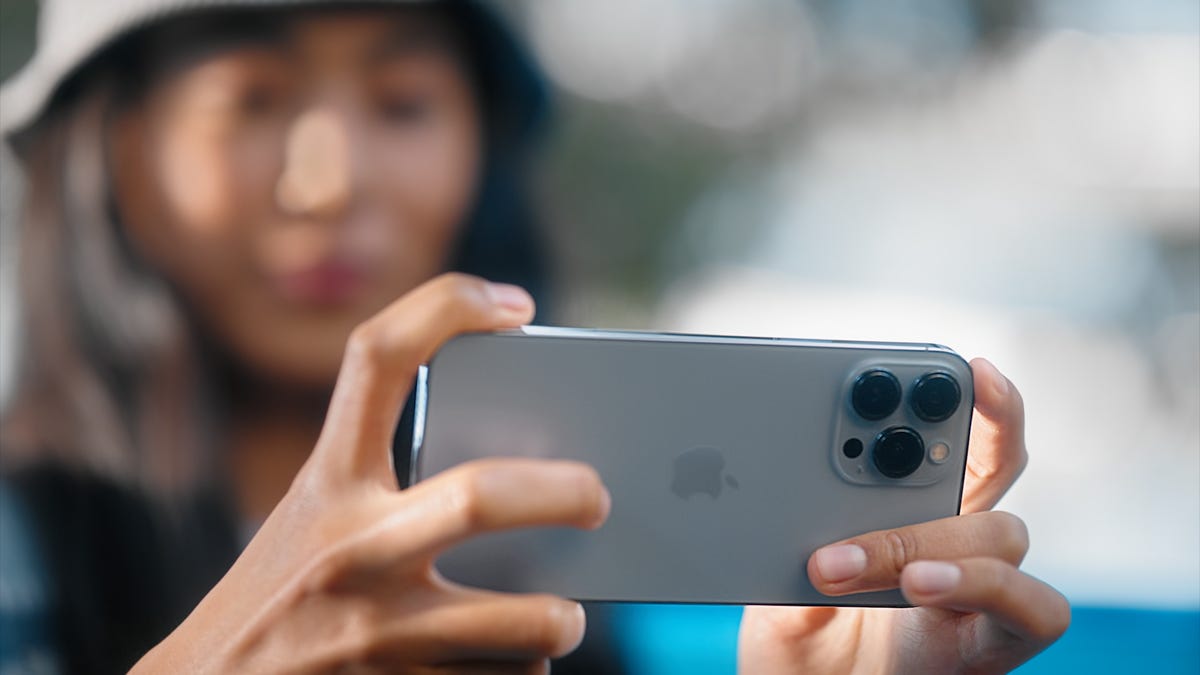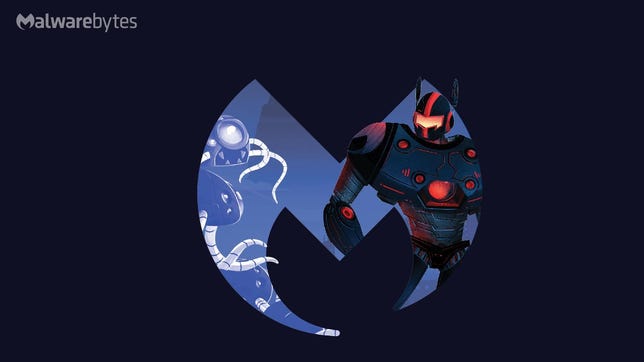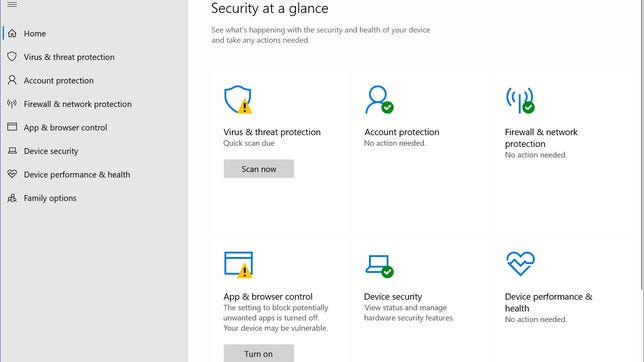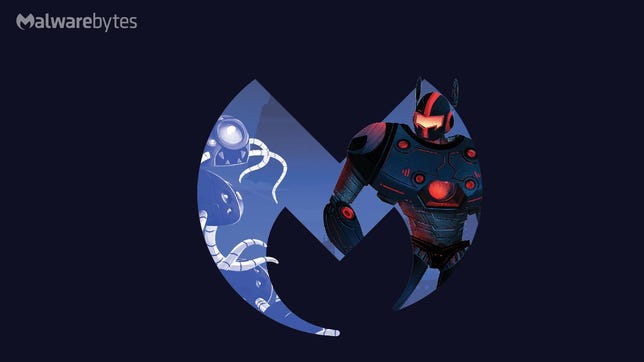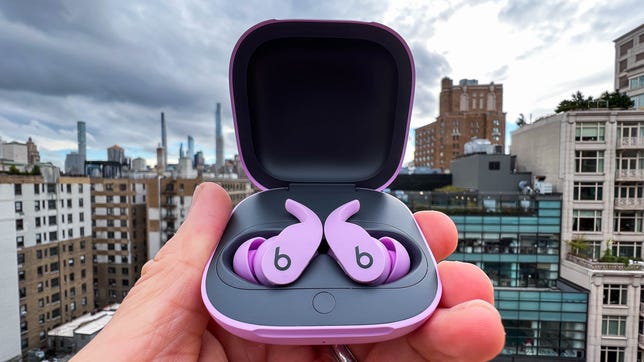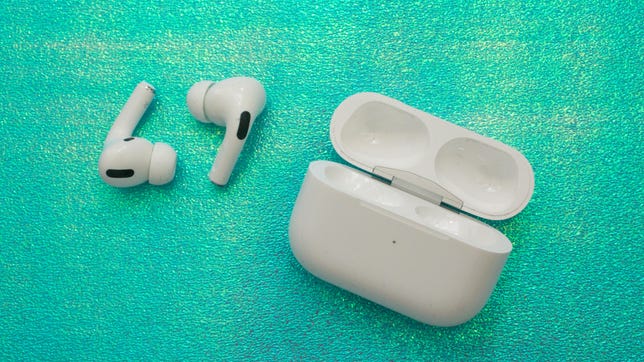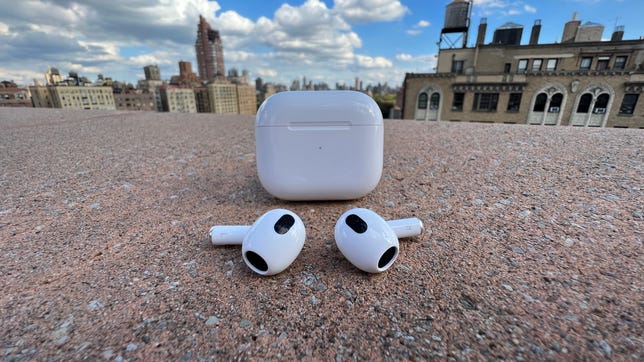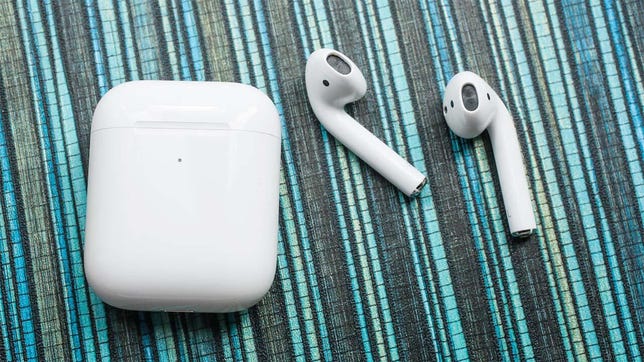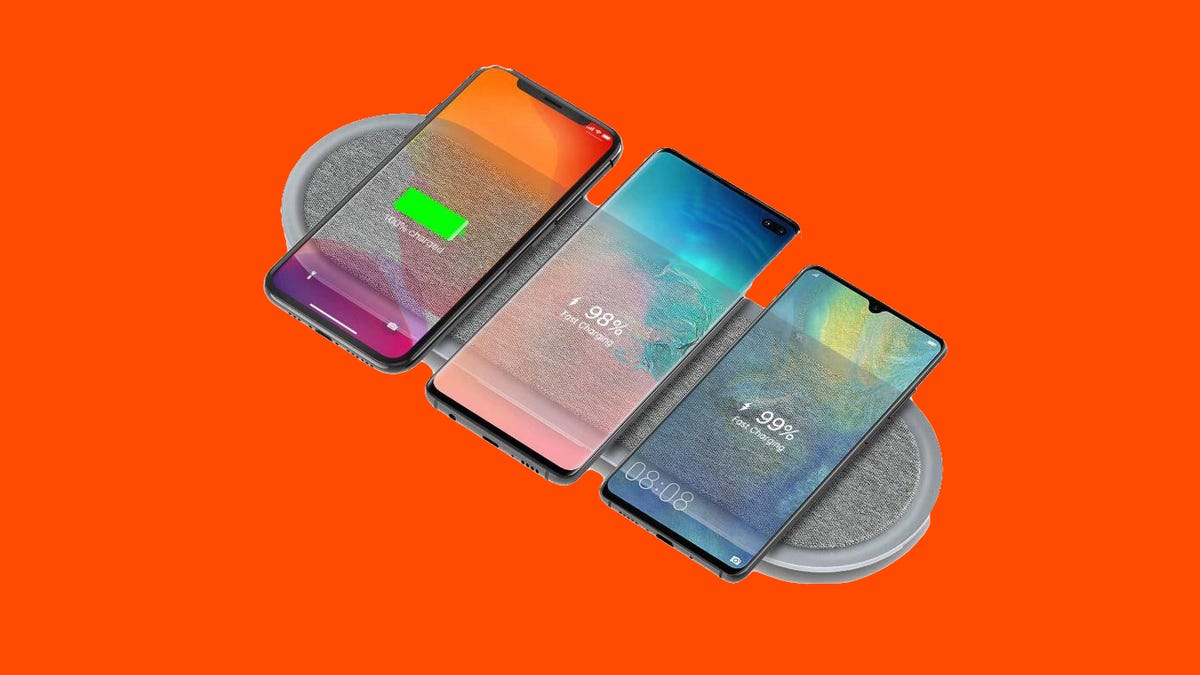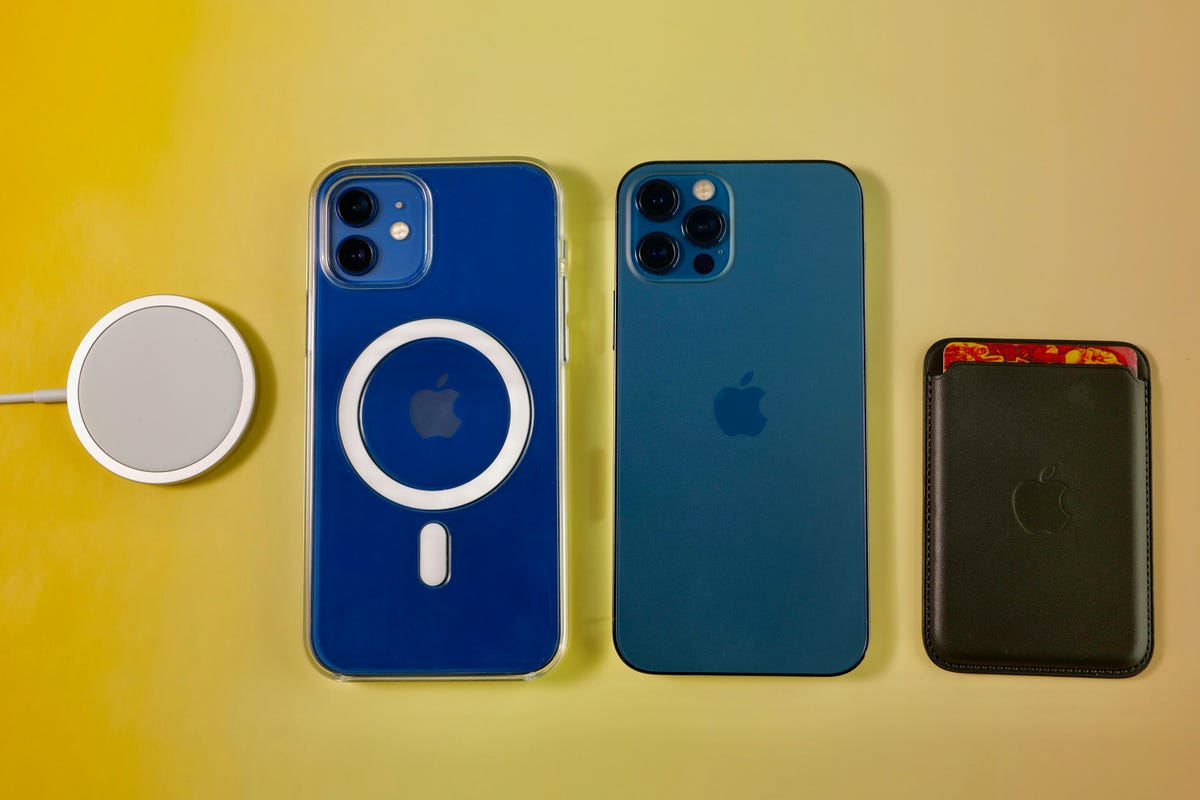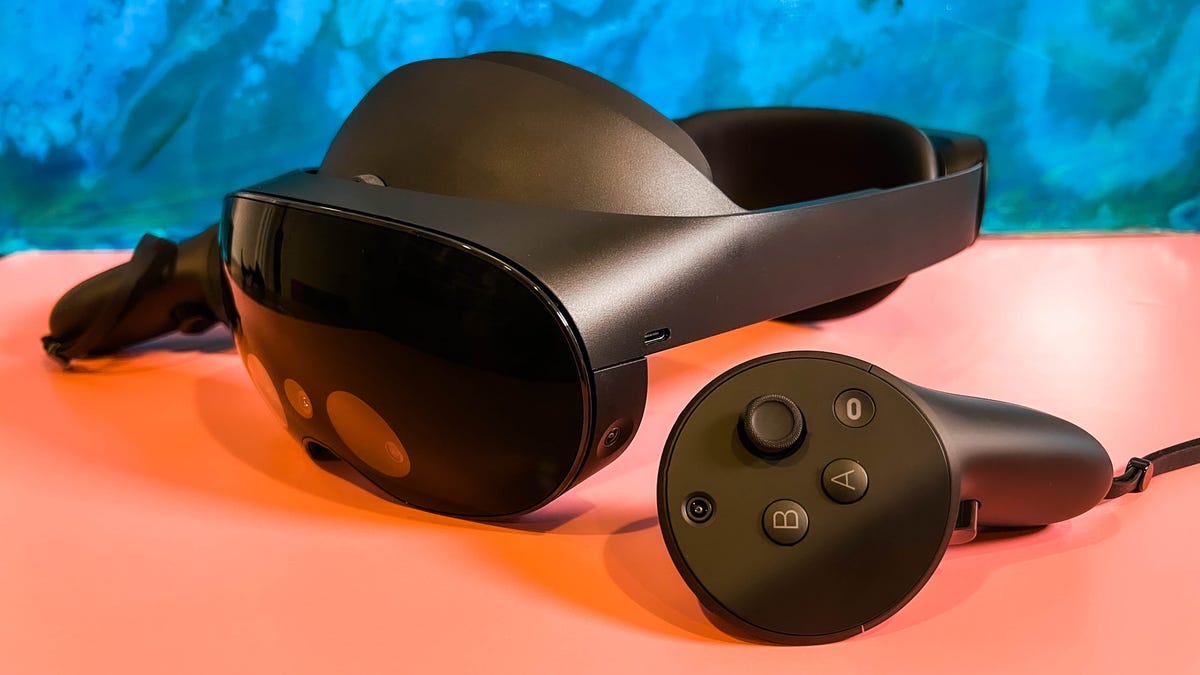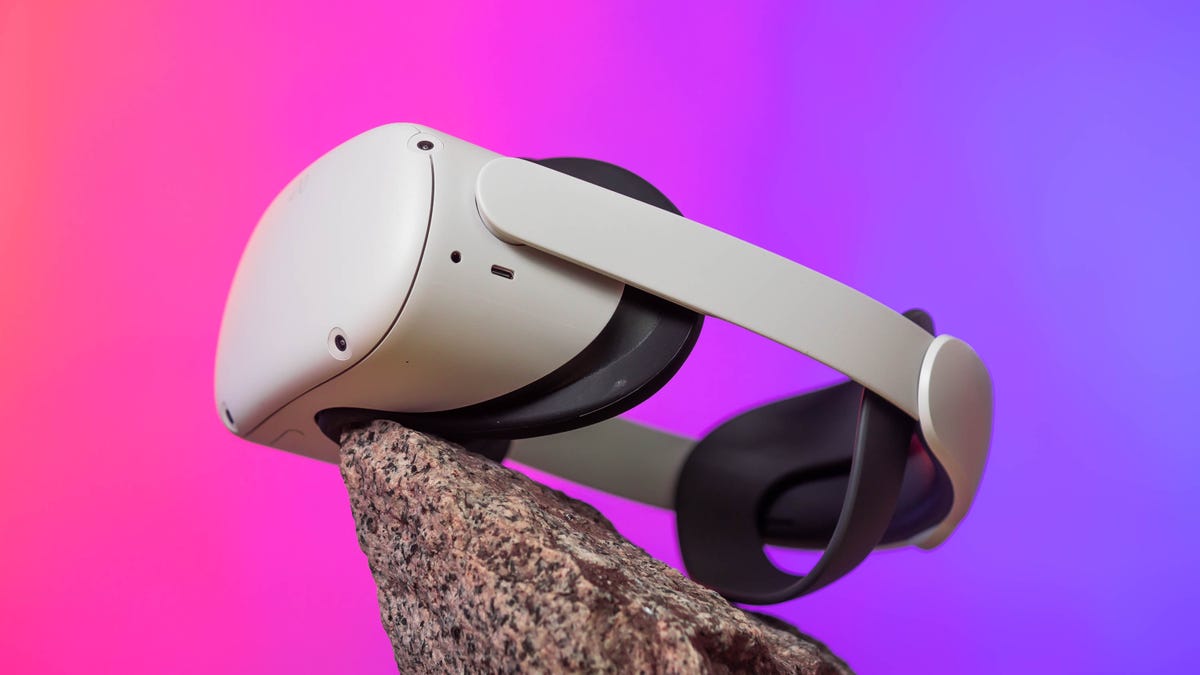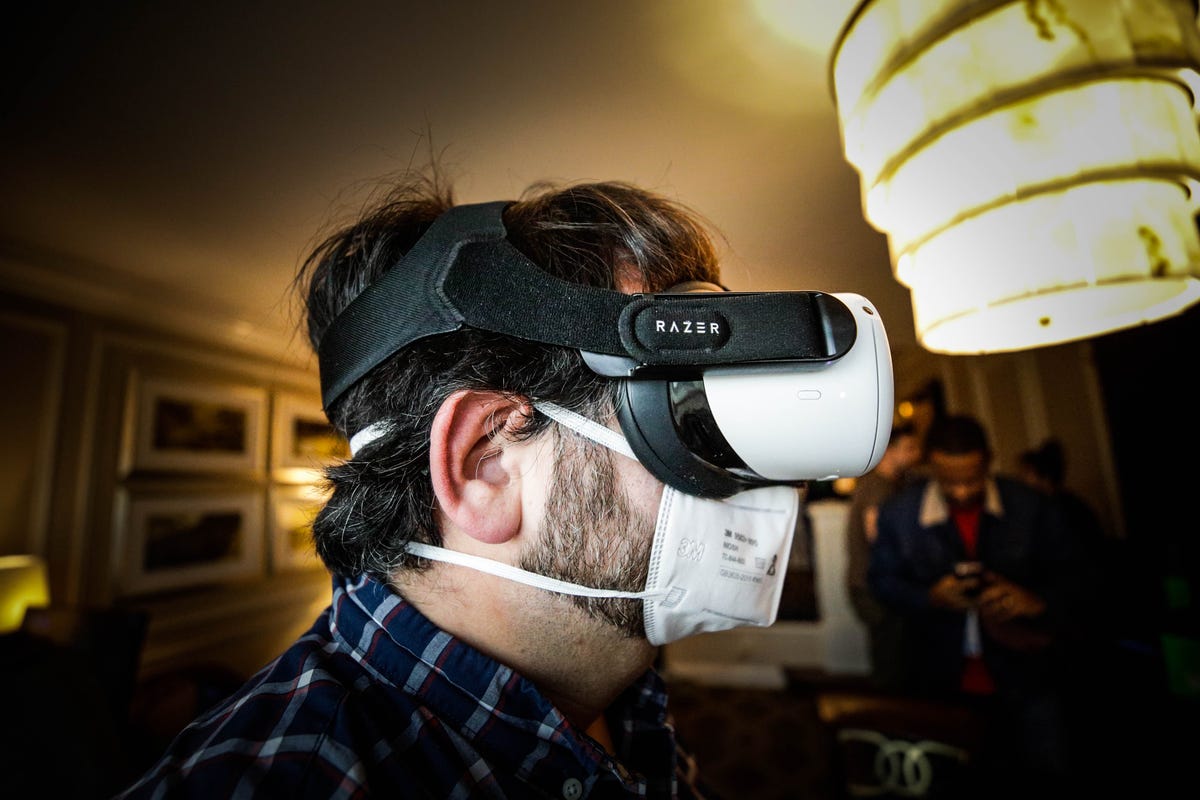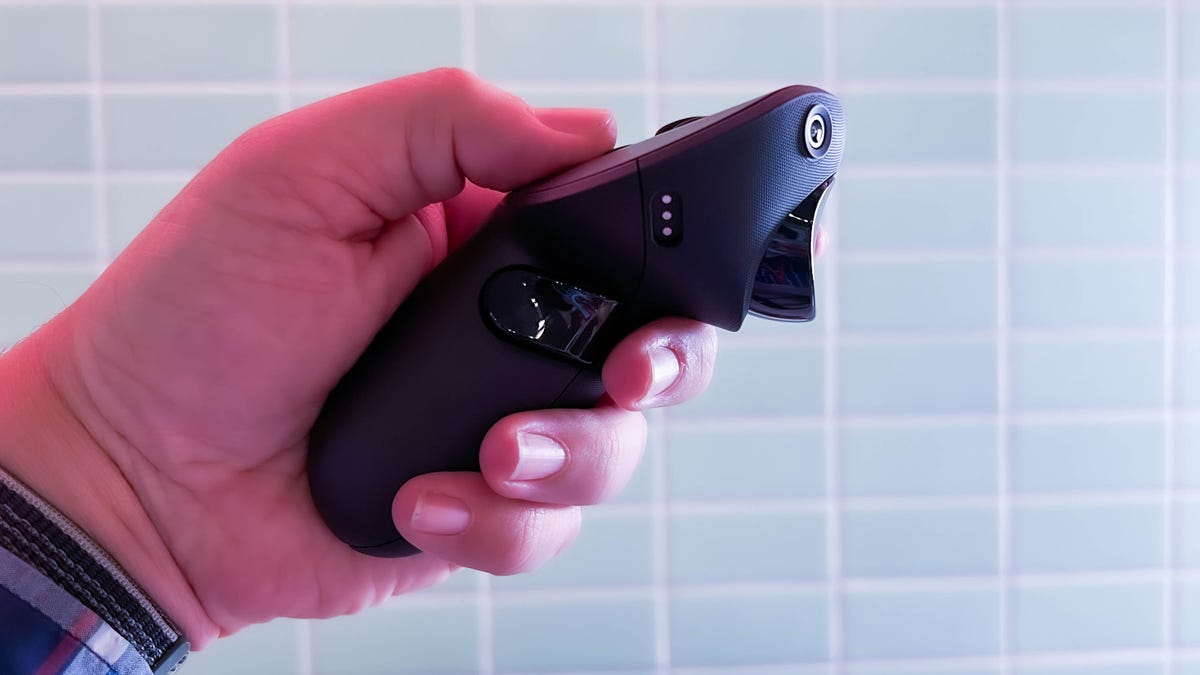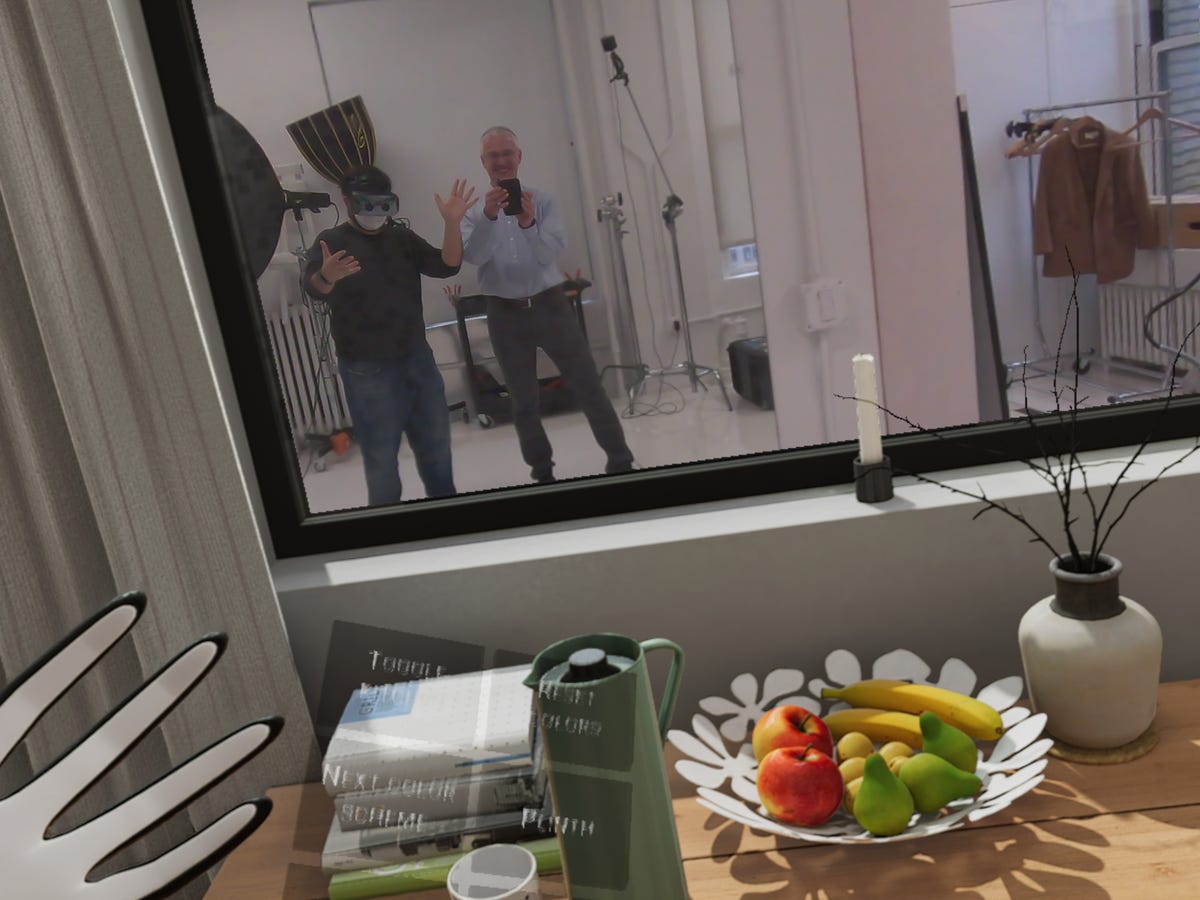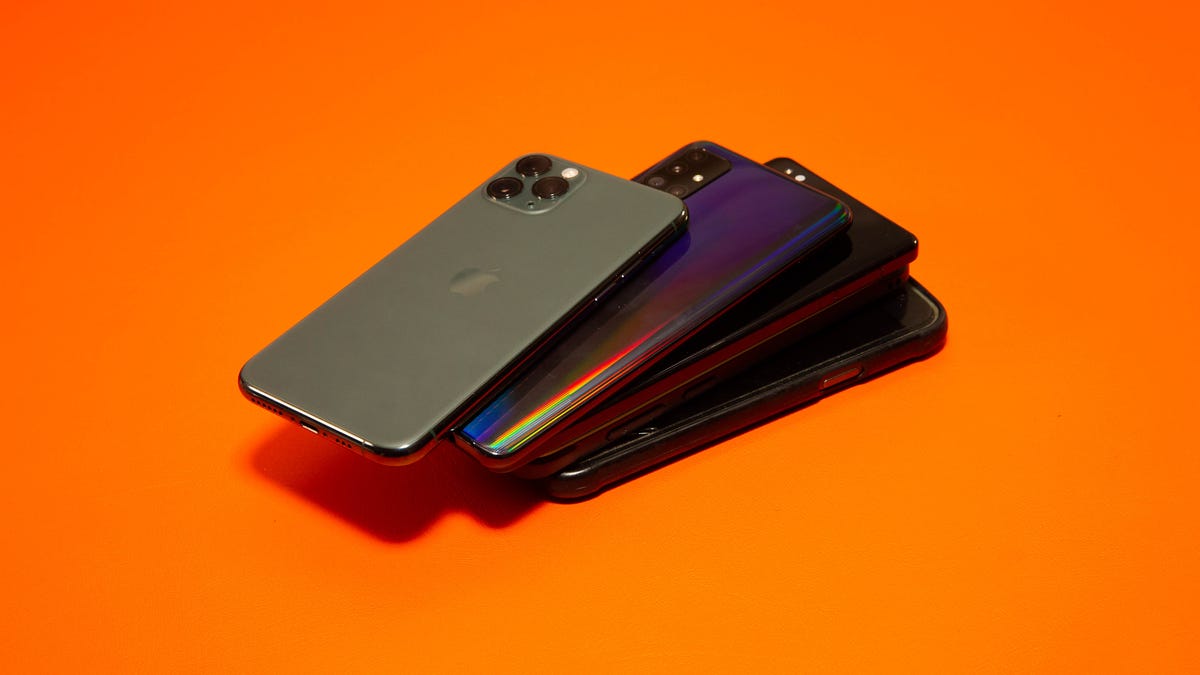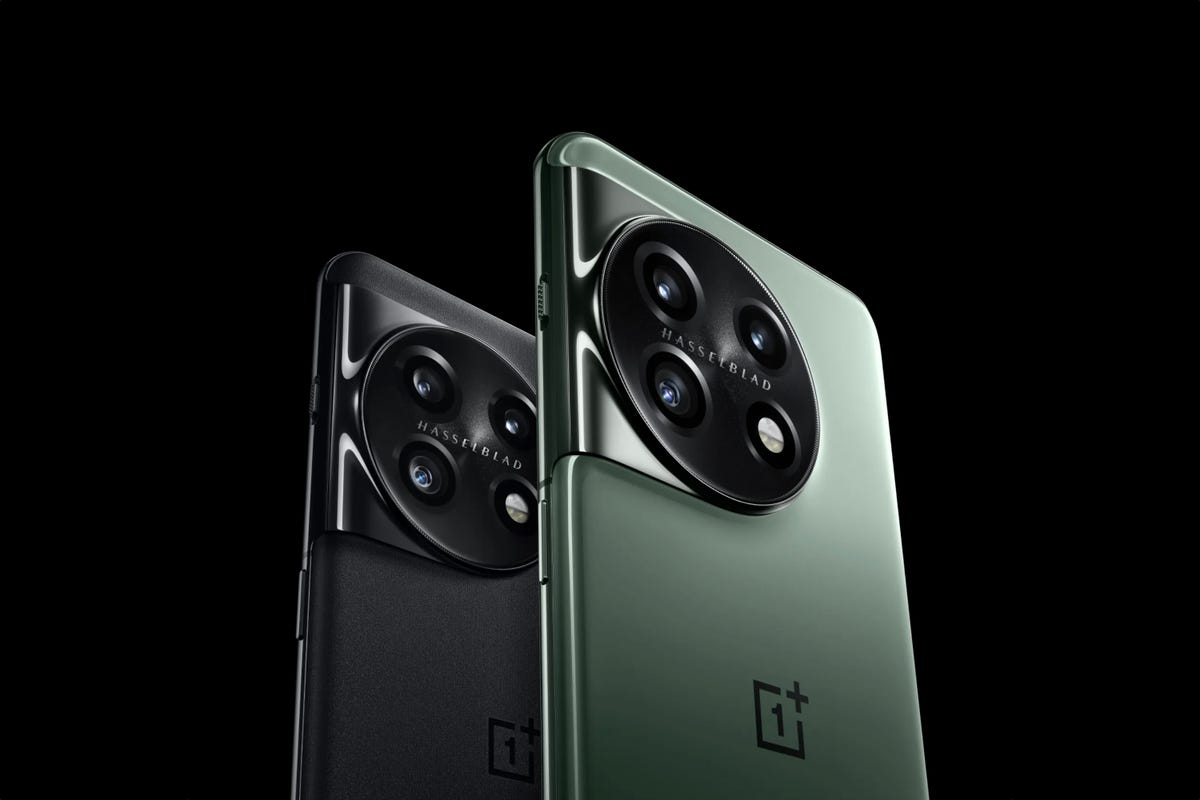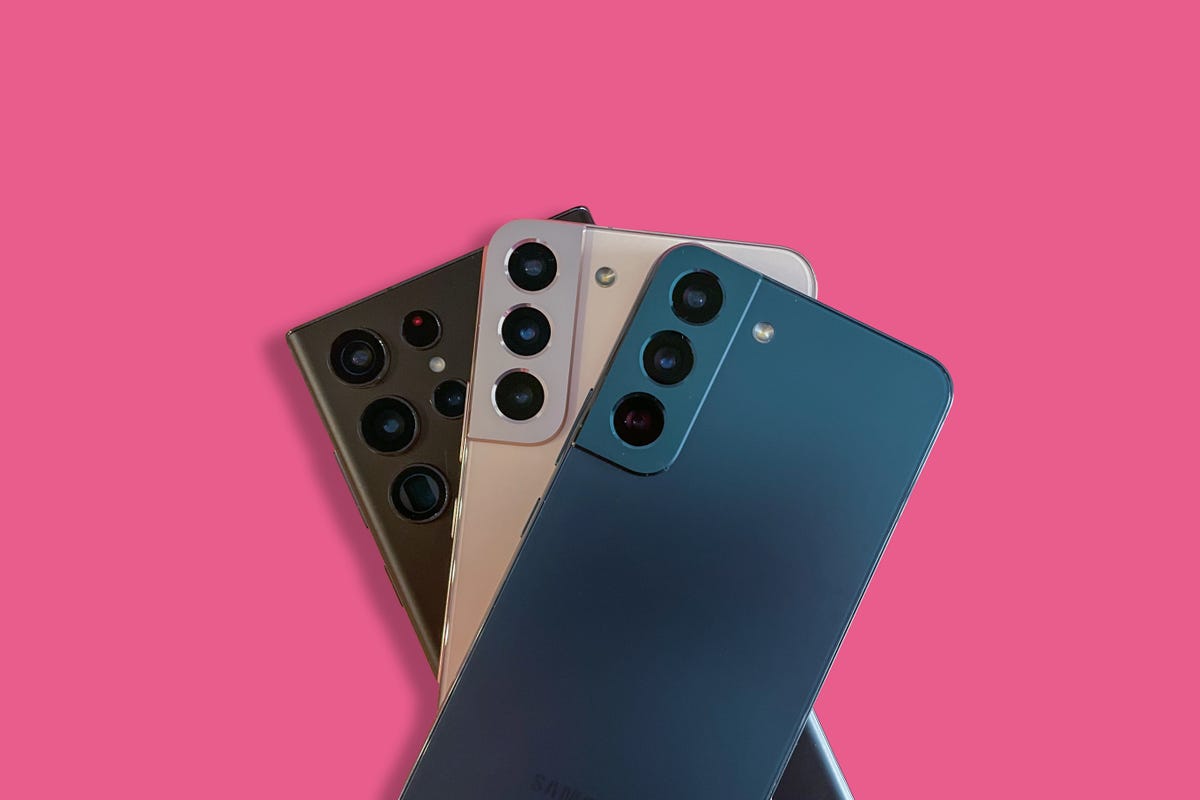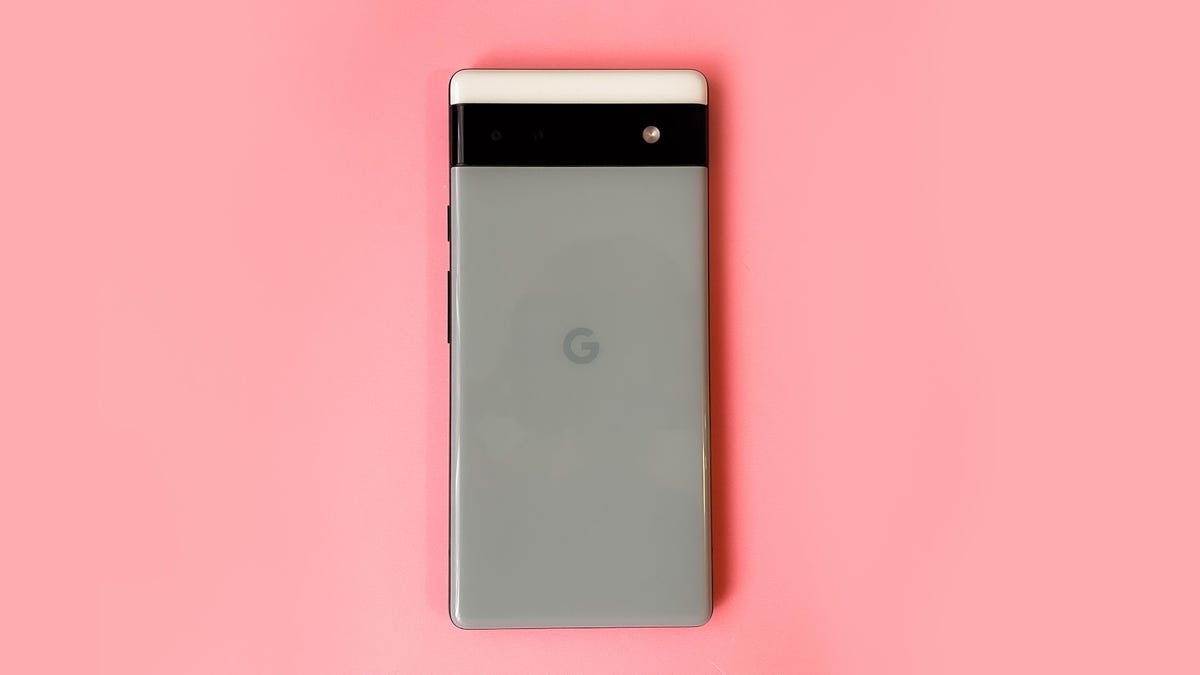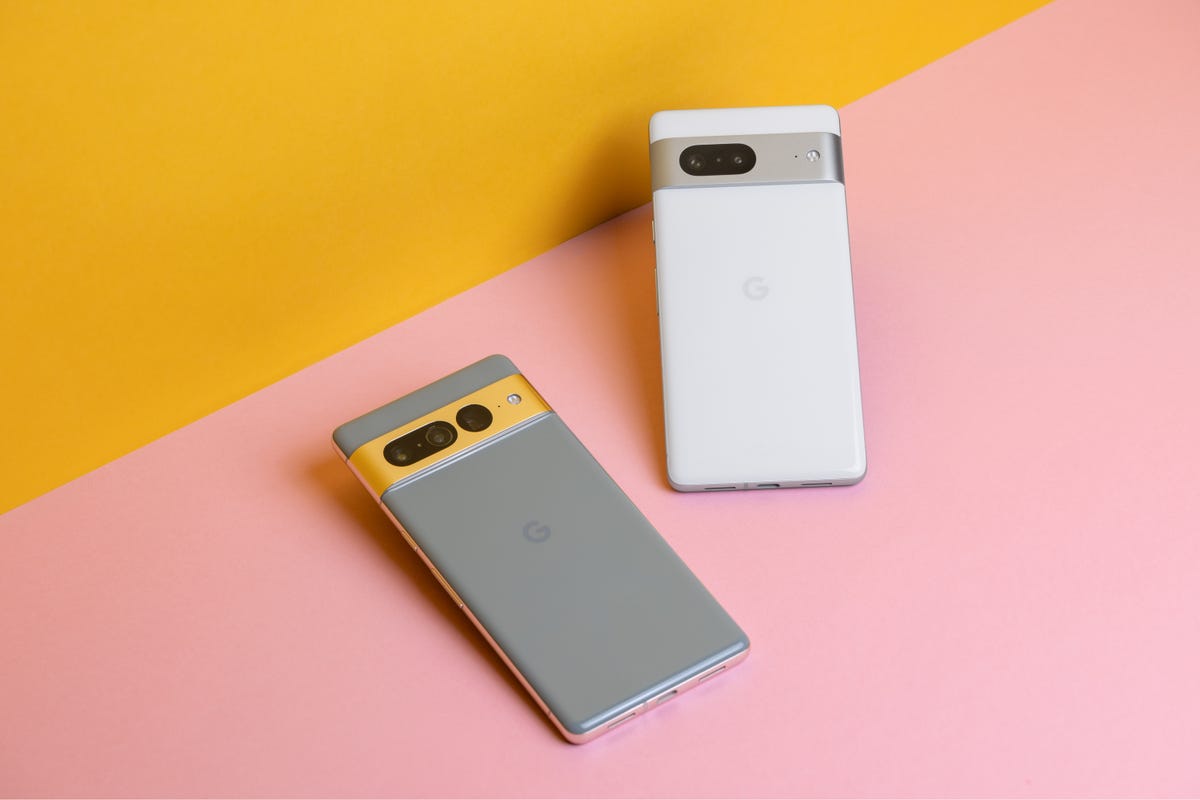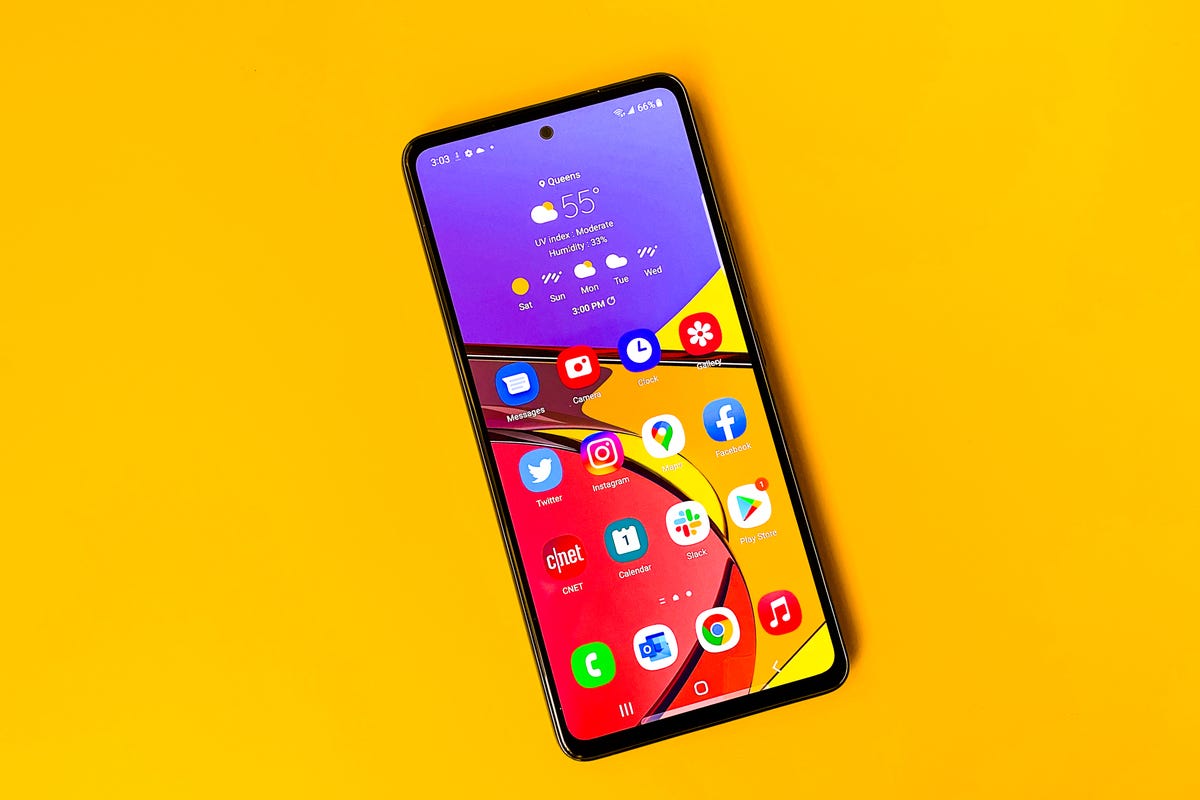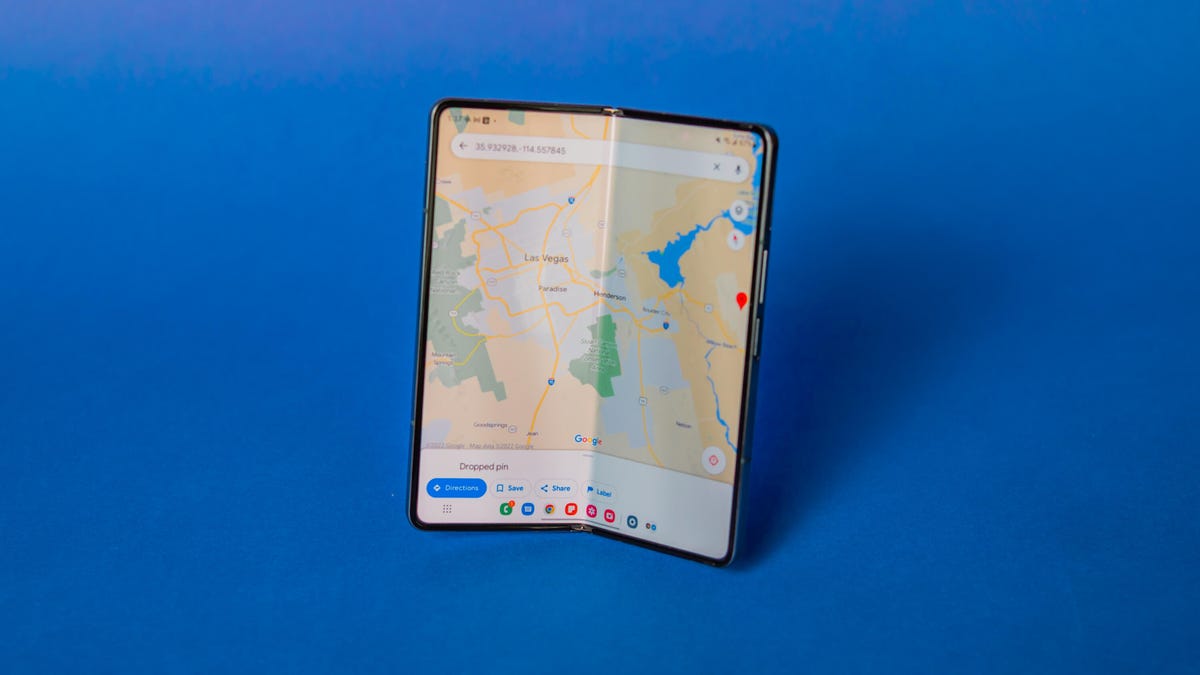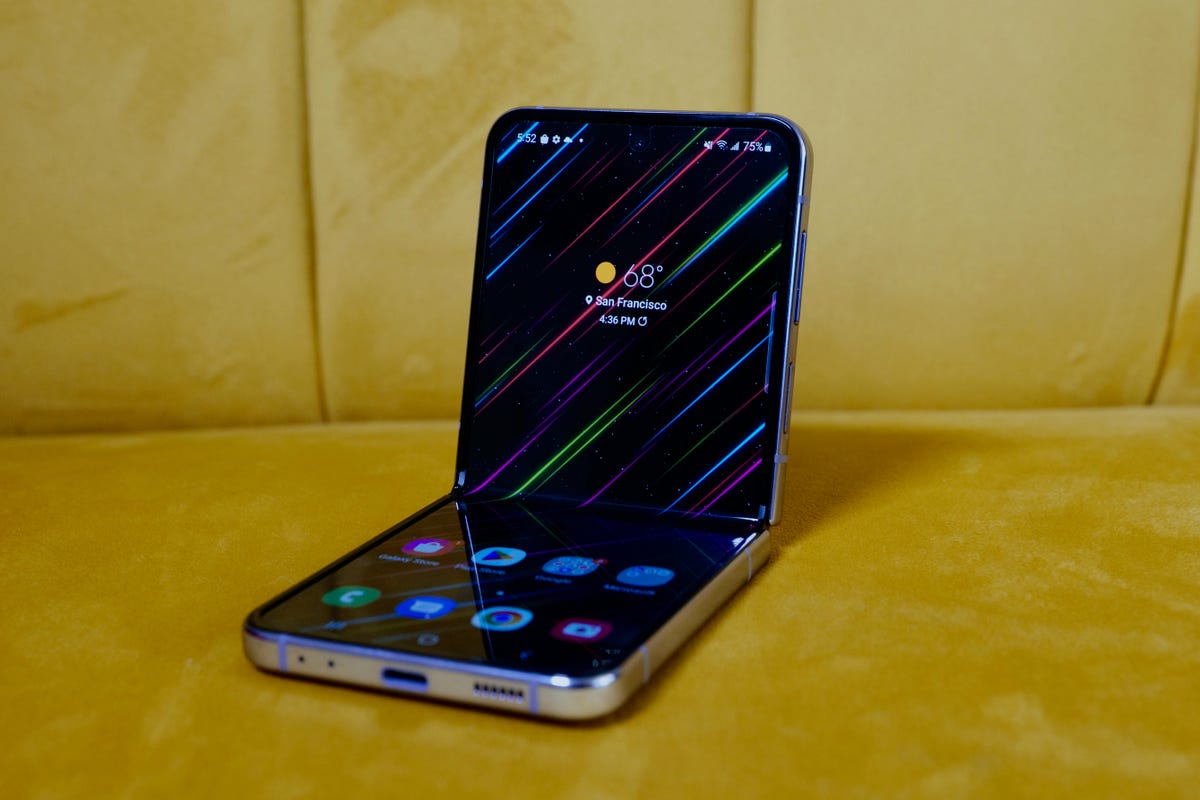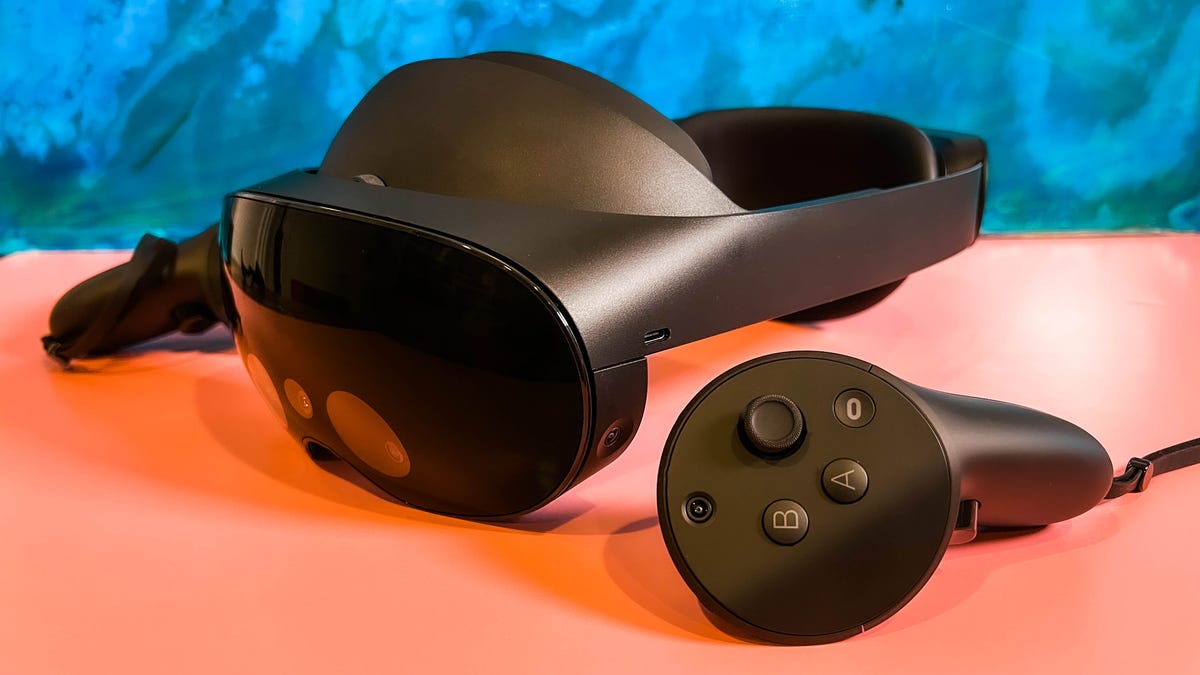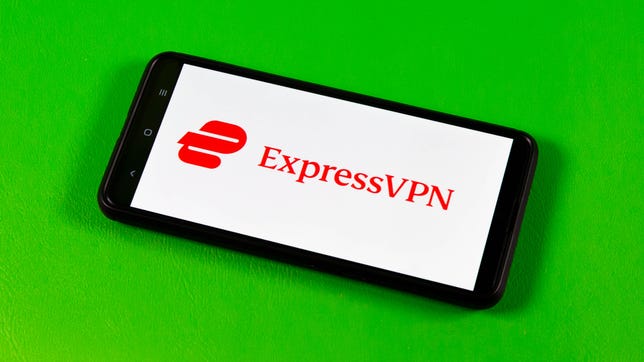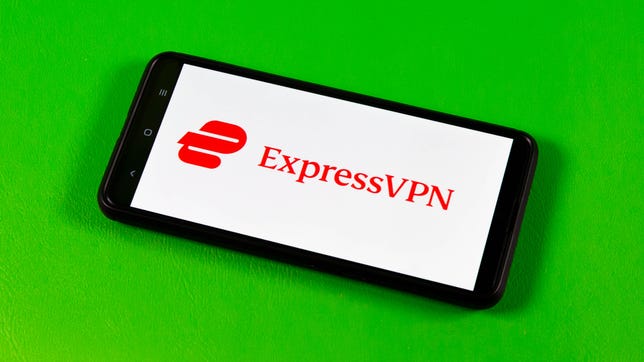You might think you’re smart enough to avoid viruses, but even the smartest of tech aficionados can get fooled — yes, even us. That’s why it’s so important to invest in an antivirus software that can efficiently protect your system. These programs can help protect not only your devices, but your information as well, which hackers, scammers and other internet bandits would love to get their hands on. These rascals are getting smarter every day, developing new techniques and methods all the time. Fortunately, there are tons of great antivirus softwares available in 2023, so you’ve got plenty of options to keep your computer safe. We’ve put some of the most popular softwares out there to the test to bring you the best antivirus software options out there.
Windows devices make up three out of every four laptop or desktop operating systems, according to the latest data from Statcounter. Windows-targeted malware has a larger base of devices to infect, giving it more potential in the eyes of cybercriminals.
We’re here to help you find the antivirus software that best fits your needs. These picks of the best antivirus programs are a combination of recommendations from independent third-party labs AV-Test, AV-Comparatives and SE Labs, as well as CNET’s own hands-on testing. We regularly research and test software to determine which product leads the pack, and we update this list periodically based on those tests.
Note that antivirus software is only one piece of the cybersecurity puzzle. Cybercriminals are becoming more sophisticated, and the more steps you take to lock down your online security, the safer you’ll be. A secure virtual private network can help protect your internet privacy, and a password manager will help you create and keep track of more secure login credentials. These tools are all essential in protecting your personal information.
Our recommendations
Whether you’re looking for free antivirus protection or are willing to pay for a program that offers more security features, we have you covered. Here’s where to start when looking for the best antivirus software for your specific needs.
Note: The pricing structure for antivirus services can be complicated, since providers often offer low introductory prices to entice you to sign up for their services. After the first billing period — typically a year or two, depending on the plan you purchase — the amount you pay for the service may increase substantially. The regular rate for the services may be double the introductory rate or sometimes more. Be sure to check the terms of the subscription plan prior to making your purchase so you don’t get an unwelcome surprise when your subscription renews.
Microsoft
Free version? Yes, free antivirus built into Windows 10 and Windows 11.
Paid version: Windows Defender Advanced Threat Protection is available to corporate users for a fee.
Honestly, if you practice safe computing — you keep your software up to date, you use strong passwords (with the help of a password manager), you steer clear of unexpected emails and you don’t click suspicious links that may be phishing attempts — you probably can avoid zero-day attacks and ransomware attacks. And with the free Microsoft Defender Antivirus software running on Windows 10, you have a malware protection safety net if you do let your guard down. In fact, it is one of the best antivirus software options.
(Note: Microsoft changed the name of Windows Defender to Microsoft Defender and has expanded the service to other platforms.) This free antivirus program is built into Windows, and it’s turned on by default, the antivirus engine does its thing, and this antivirus solution will cover the basics of internet security. Microsoft pushes new updates frequently. Defender also lets you tune the level of protection you want, giving you control over blocking potentially unwanted apps and protecting folders and files from a ransomware attack.
Windows 10 and 11 will automatically disable its own Windows Defender antivirus when you install third-party antivirus. If you uninstall the third-party protection, Windows will turn back on its own antivirus.
Norton
Platforms: Windows 10 and 11 plus MacOS, Android, iOS.
Free version? No, but a free 30-day trial is available.
Cost: $100 per year for five devices (first year).
For a long time, Norton Security — now called NortonLifeLock, and no longer part of Symantec — has earned high marks from AV-Test, AV Comparatives and SE Labs for virus and malware detection. Norton antivirus provides industry-leading security software for PC, Mac and mobile devices. Their products include Antivirus Plus, Norton Secure VPN, Norton 360 for Gamers, Norton 360 with LifeLock Select and more. A five-device subscription for Norton 360 with LifeLock Select is normally $180 per year, but you can get your first year for $80 off. In addition to malware and virus protection for your computer and mobile device, this antivirus suite provides 100GB of backup to the cloud, safe-browsing tools, a secure VPN, password manager, parental controls and LifeLock identity theft protection and fraud alert. While not all of those services are necessarily best in their respective class, getting them all in one package is a compelling option.
Bitdefender
Platforms: Windows 10 and 11 plus MacOS, Android, iOS.
Free version? Yes.
Paid version: $25 per year for five devices (first year).
If you’d like to take a step up in securing your PC without taxing your wallet, it’s hard to beat Bitdefender’s free antivirus software for Windows 10 and 11. The Windows security software offers real-time monitoring for viruses, malware, spyware and ransomware protection. Bitdefender Antivirus Free Edition is easy to set up and stays out of your way until you need it. And the protection this antivirus product offers is solid. Bitdefender antivirus software consistently earns top marks for its antivirus protection and usability from the respected AV-Test independent testing lab. The free antivirus version covers one Windows PC. For broader protection, you can choose Bitdefender Total Security or Bitdefender Antivirus Plus. The subscription antivirus suite lets you protect five devices (Windows, MacOS, iOS and Android), set up parental controls on a kid’s computer and run a VPN.
Malwarebytes
Platforms: Windows 10 and 11 plus MacOS, Android.
Free version? Yes, after the 14-day trial expires.
Paid version: $34 per year for one device, $59 for two years for one device.
Malwarebytes does protect your PC from a virus or malware attack, scoring reasonably well in recent independent testing for guarding against malware threats. But that’s not really what Malwarebytes is known for. If you find yourself in trouble, the go-to disinfectant for many is Malwarebytes. You can get protection and disinfection for one device for $34 a year, regularly $45. To cover five devices — any combination of Windows, MacOS and Android — it’s $80 for a year of antivirus software. To get the antivirus company’s free antivirus version, download this trial version, which “downgrades” to a no-fee on-demand cleaner with fewer features that detects and removes viruses and malware when you run an on-demand antivirus scan after 14 days.
Also worth considering
In addition to the four antivirus apps we recommend above, a handful of other anti-malware tools are worth considering among the best antivirus protection if you find them at a better price or just prefer to use one over our picks above.
Platforms: Windows 10 and 11 plus MacOS, Android, iOS.
Free version? No, but offers a 30-day money-back guarantee.
Cost: One-year subscription: $30 for a single device, $40 for five devices, $50 for unlimited devices, and $90 for advanced unlimited devices (prices increase after the first year).
It feels like McAfee Antivirus has been around forever, first on its own in the ’80s, then as part of Intel starting in 2010, and then again on its own when Intel spun it off in 2017. And McAfee Total Protection has been around forever because quarter after quarter it creates solid, modern antivirus software that protects your PC. (In recent evaluations by AV-Test, it had high scores on both protection and performance.) McAfee Total Protection guards devices against viruses and offers ransomware protection, wards off malicious websites and includes a password manager for $30 (usually $90) for the first year. If you agree to auto-renew your antivirus suite subscription, you get access to McAfee ID Theft Protection Essentials, which monitors for ID fraud.
Platforms: Windows 10 and 11 plus MacOS, Android, iOS.
Free version? No, but a 30-day free trial is available.
Cost: One-year subscription: $50 for five devices. Two-year subscription: $100 for five devices.
Maybe this antivirus provider isn’t as well known to consumers because of its focus on enterprise security, Trend Micro antivirus security quietly brings its business expertise to the home with its Trend Micro Maximum Security tools. Trend Micro’s software earns high marks from AV-Test — consistently scoring well for detecting zero-day attacks and widespread viruses and malware. And Trend Micro does a good job of not taxing system resources. Trend Micro’s 10-device subscription for computers and mobile devices is $130, but discounted currently at $60.
Platforms: Windows, MacOS
Free version? No, but a 30-day free trial is available, and college students can get up to 50% off.
Cost: From $50 per year for one device to $90 per year for five devices.
If you’re looking for something easy to set up and use, ESET NOD32 antivirus may meet your needs. It earns high scores for usability and offers solid virus protection. A five-device option is $90 for a year, with a 30-day free trial.
Platform: Windows plus MacOS.
Free version? Yes.
Paid version: $30 per year for 10 devices.
The free antivirus version of Sophos Home gives you virus protection for three Windows PCs or MacOS devices — using the company’s high-scoring anti-malware tool — plus a 30-day trial of the company’s malware-removal tool. Annual subscription typically costs $60, but right now you can sign up for half off.
What about Avast?
Test after test, Avast Antivirus for Windows performs well for malware detection with options ranging from Avast free antivirus software to Avast Premium Security. And we’ve included its antivirus in our list of recommended security app options before. But Avast was in the news for several months for its non-antivirus business, so we looked at the company, specifically reports at the end of 2019 that Avast allegedly collected user data with its browser plug-ins and antivirus software and then sold data it collected through its Jumpshot subsidiary in early 2020.
In response to the reports that his company gathered and sold the details of its customers’ online activities, Avast CEO Ondrej Vlcek said in a statement that he understood that his company’s actions raised questions of trust in his company. To address that, Avast terminated Jumpshot data collection in January 2020 and closed its operations because the data collection business wasn’t in line with Avast’s privacy priorities.
Those reports followed another in 2019 from Avast that its internal network was breached, possibly to insert malware into its CCleaner software, similar to an earlier CCleaner hack that occurred prior to Avast’s acquiring the Windows utility.
Avast started saying the right things about taking its customers’ privacy seriously, but it only came to that point after reacting to investigative reporting that revealed the Jumpshot practices. (The CCleaner revelations, while concerning, were self-disclosed, which is important to building user trust.) We hope Avast’s more privacy-friendly policies mean that there will be no further Jumpshot-style activities and that it returns to glory as one of the best antivirus software options. In the meantime, we’d recommend using one of the many other solid choices in this realm (listed above).
What about Kaspersky?
Because the company has been in the news the past few years, let’s talk about Kaspersky Lab — specifically about the federal ban that blocks US government agencies from using Kaspersky Antivirusproducts.
Based in Moscow, Kaspersky Lab has for years produced some of the best antivirus software for business antivirus needs and home customers. But in 2017 the US government prohibited Kaspersky security cloud software on federal government computers because of alleged ties between Kaspersky and the Russian government.
Notably, the ban does not apply to its consumer products such as Kaspersky Total Security and Kaspersky Anti-Virus. But as with China-based Huawei, the question remains: If the federal government doesn’t think the products are safe enough for its own devices, should consumers avoid them as well?
In a statement sent to CNET, the company said, “Kaspersky Lab has no ties to any government, and the company has never, nor will ever, engage in cyber offensive activities. Kaspersky Lab maintains that no public evidence of any wrongdoing has been presented by the US government, and that the US government’s actions against Kaspersky Lab were unconstitutional.”
In Kaspersky’s favor, it continues to earn top scores and awards for virus and malware detection and endpoint protection from independent testing labs. And it’s reasonably priced.
In the end, even though no one has ever publicly produced a “smoking gun” linking the company to Russian intrigue, we think any of the options listed above is a safer bet. And if you are a US government employee or work with the federal government, you’ll want to steer clear of Kaspersky internet security products — and perhaps use one of the antivirus software products mentioned here instead.
Antivirus basics: What to look for
Picking the best antivirus software for Windows means finding one that keeps your PC safe, doesn’t take up a lot of system resources, is easy to use and stays out of the way till you need it. Here’s what to look for.
Effectiveness. Antivirus software runs virus scans for known viruses and malware, of course, and can offer real-time protection. And it watches for shady websites and suspicious links to keep you out of trouble. It can also offer ransomware protection and monitor unexpected behavior that may be a sign of new and not-yet-identified viruses and malware. You want antivirus software that can successfully identify these unknown online threats without flagging too many false positives.
Light on system resources. You don’t want antivirus software that taxes your PC’s resources. If after you install the program, websites open slowly, apps download or open sluggishly or file copies take longer than expected, you may want to try another service. The good news is, all our picks offer a free trial or money-back guarantee to let you try out the antivirus program, so if your system feels sluggish after installation, you may want to keep looking.
Cost and discounts. Don’t just pay the sticker price for antivirus protection. Before you buy, check for discounts on a company’s website. Another way to save: The prices we list above are for 10 devices — if the company offered that package — but you can trim your cost with antivirus packages if you need to cover three or five devices. You may also find discounts on an app’s Amazon page.
Privacy. To be effective, antivirus software needs to monitor what’s going on with your PC, check in with company servers about unusual behavior and should provide sound banking protection. The companies say they anonymize this technical data as much as possible to protect your privacy. But if you want to know more, the security companies on our list post privacy policies on their websites, so read their privacy statements to learn what the companies do with the information you share.
Protection for other platforms. Microsoft is by far the biggest target for viruses and malware. But Android is second, with just under 1% of apps installed on Android devices with Google Play Protect in the potentiallyharmful app, or PHA, category.
The threat to MacOS and especially iOS is low, in part because of the tight control Apple has over its app stores. While the Mac does come under attack via side-loaded apps, it’s rare, and if you download apps only from the Mac and iOS app stores and keep your guard up when clicking links and download files, you should be OK without an antivirus app on Apple devices.
Antivirus FAQs
Can antivirus protect against phishing?
To a degree, yes. Some antivirus programs can do things like warn you or block you from visiting a suspected phishing site. Others may also automatically block suspicious emails that appear to come from a malicious sender or contain phrasing common in phishing emails. However, you cannot count on an antivirus program to be a failsafe solution for phishing protection. You still need to be vigilant and know what to look out for on your own when it comes to phishing, because an antivirus program won’t be able to catch everything.
Will antivirus slow down my computer?
Any program running on your computer will require a certain amount of processing power to work, which can affect your computer’s overall performance. If an antivirus program is just running in the background, it shouldn’t really have any effect on your computer’s performance. However, when actively running a scan of your system, an antivirus can noticeably slow down your computer. If this is the case, try to schedule antivirus scans at night, or at a time when you’re not using your computer.
More computer security advice
